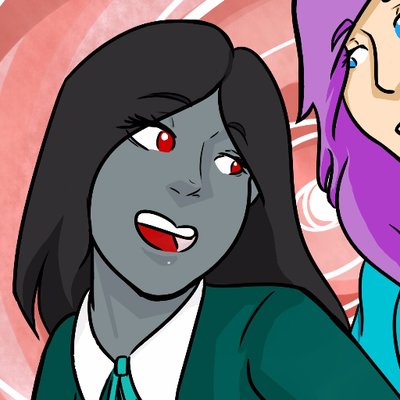Spiltea
Alas, we've gone and made us a mess again - hold still, love, I'll get this tea all cleaned up!When simple words and plain meanings can get one killed, an alternative must be found. The halflings of Viresca faced this exact quandary in the fledgling Teacup Resistance: should any of the Medimian Empire's forces catch wind of their plans, however peaceful and well-meaning, the Resistance would meet an early end at the hands of swift justice. The same founder that named the resistance, one Joie Thimblesnip, was the one to come up with a method of safely passing messages without relying on voice alone. As they were already indicating allegiance through teacups, she made the logical leap to using drips of tea on napkins to spell out messages. It caught on immediately, though the exact symbolism and vernacular to be used remains shaky - verbal hints at clarifications are often needed. Spiltea, unlike most languages, is not an exact art. Thankfully, this ensures it is a safe art.
Vocabulary
Instead of using letters and spelling out words as a standard language does, Spiltea focuses on symbols. There exist symbols based on common factors in the resistance's daily lives, such as the Empire (represented with a singular devil horn), the Resistance (a u-shaped symbol), death (a cross), and farming (a hoe). Verbs are represented with similar symbols, but are indicated as verbs by way of a single horizontal line beneath the word. Adjectives are usually excluded; if they must be alluded to, it is done in conversation rather than through intense tea-spelling. Placing extra emphasis on the big broom might, for instance, imply that the symbol represents something large.
Due to the messy nature of attempting to spell things with liquid, vocal clarification must often be sought - this is done very subtly. More subtle or precise messages are usually shared through arranging tea leaves, instead - these can afford to be done far more intricately. Some truly risky and creative types find something sharp and leave indentations on bags of tea with their messages, to be lost when the teabag is thrown away, or arrange loose leaves into the symbols and words they wish to share.
Gods be damned, I've made a right mess of things here. Bit cross with myself.








Oh, glorious tea. I love this idea!
Tea is calming, and also useful for inciting rebellions against oppressive governments. What's not to love?
welcome to my signature! check out istralar!